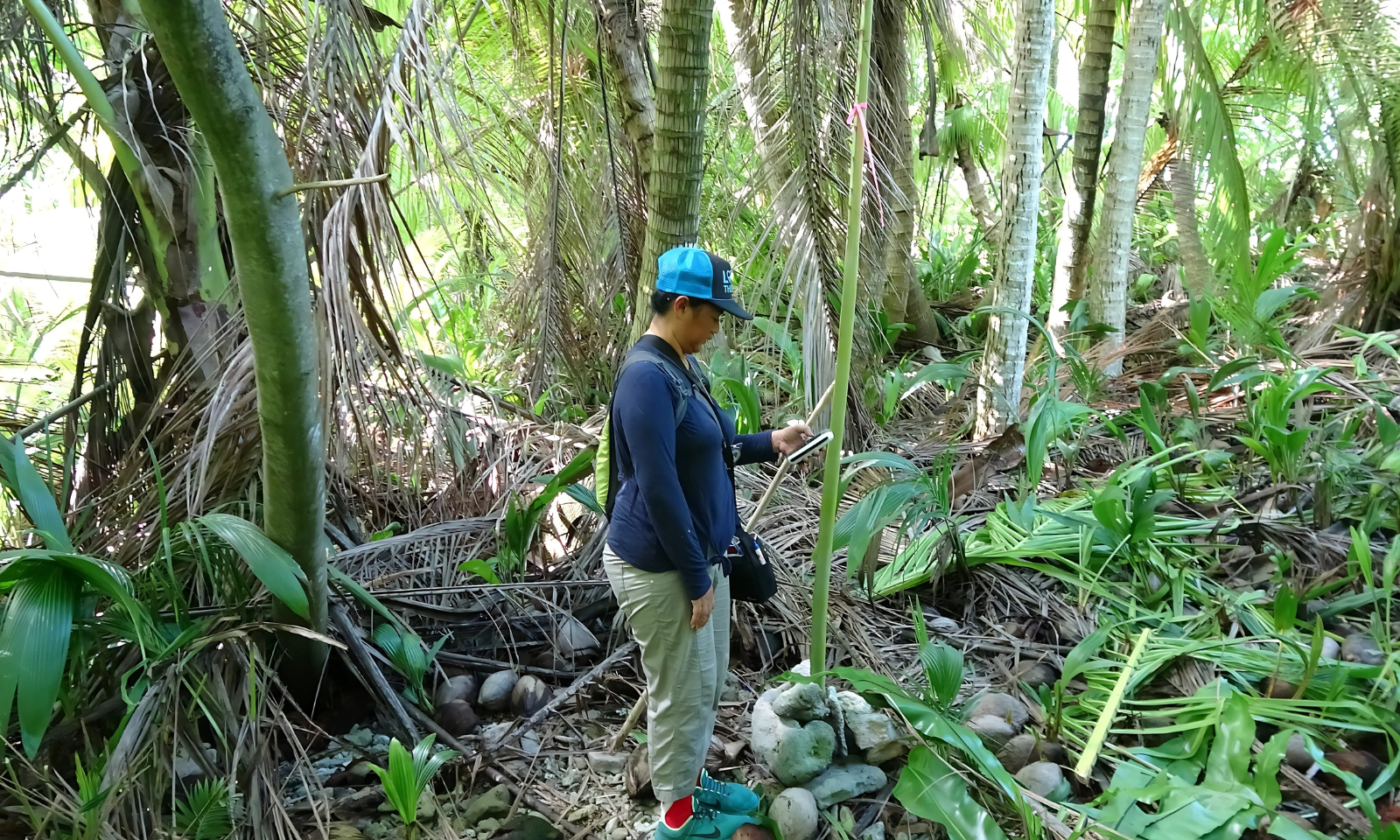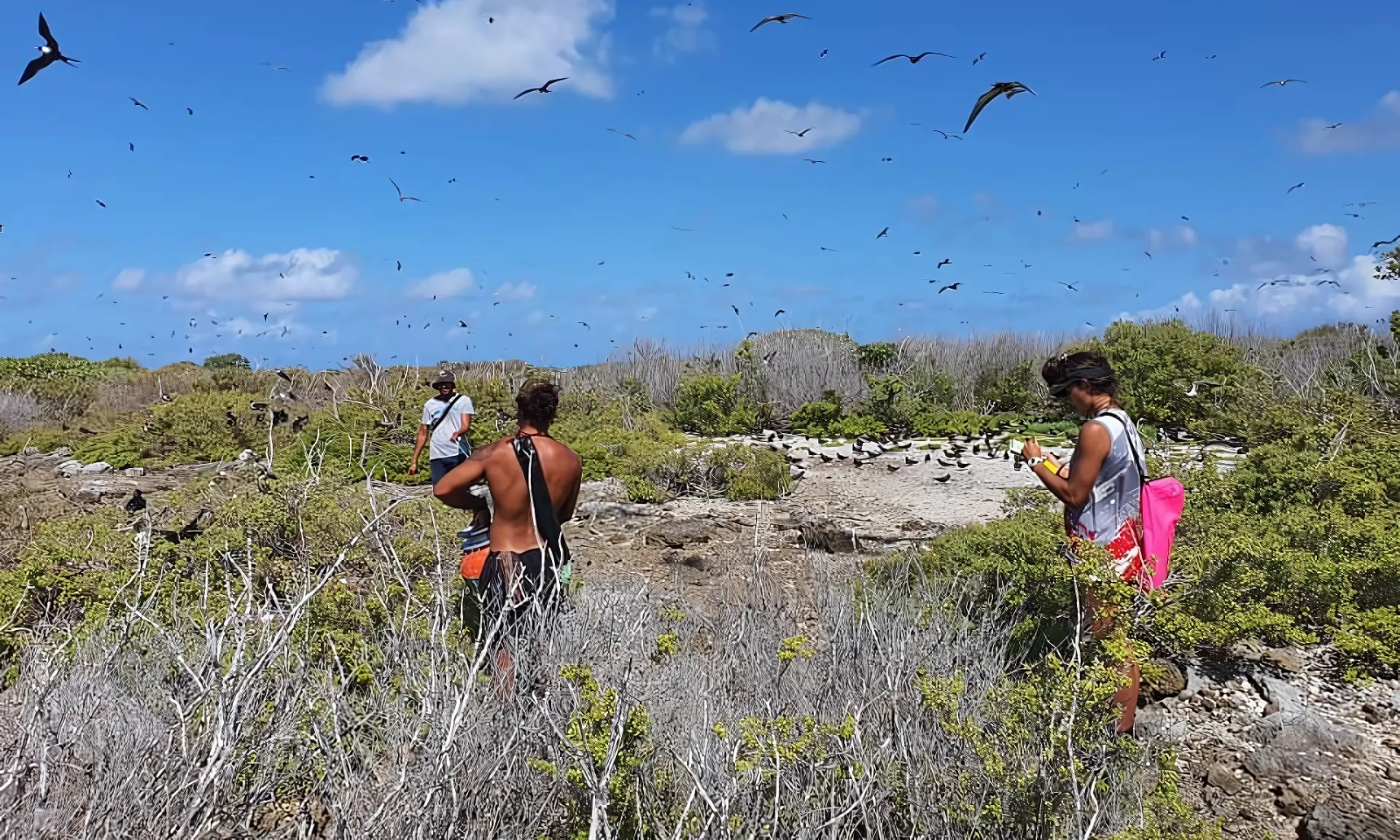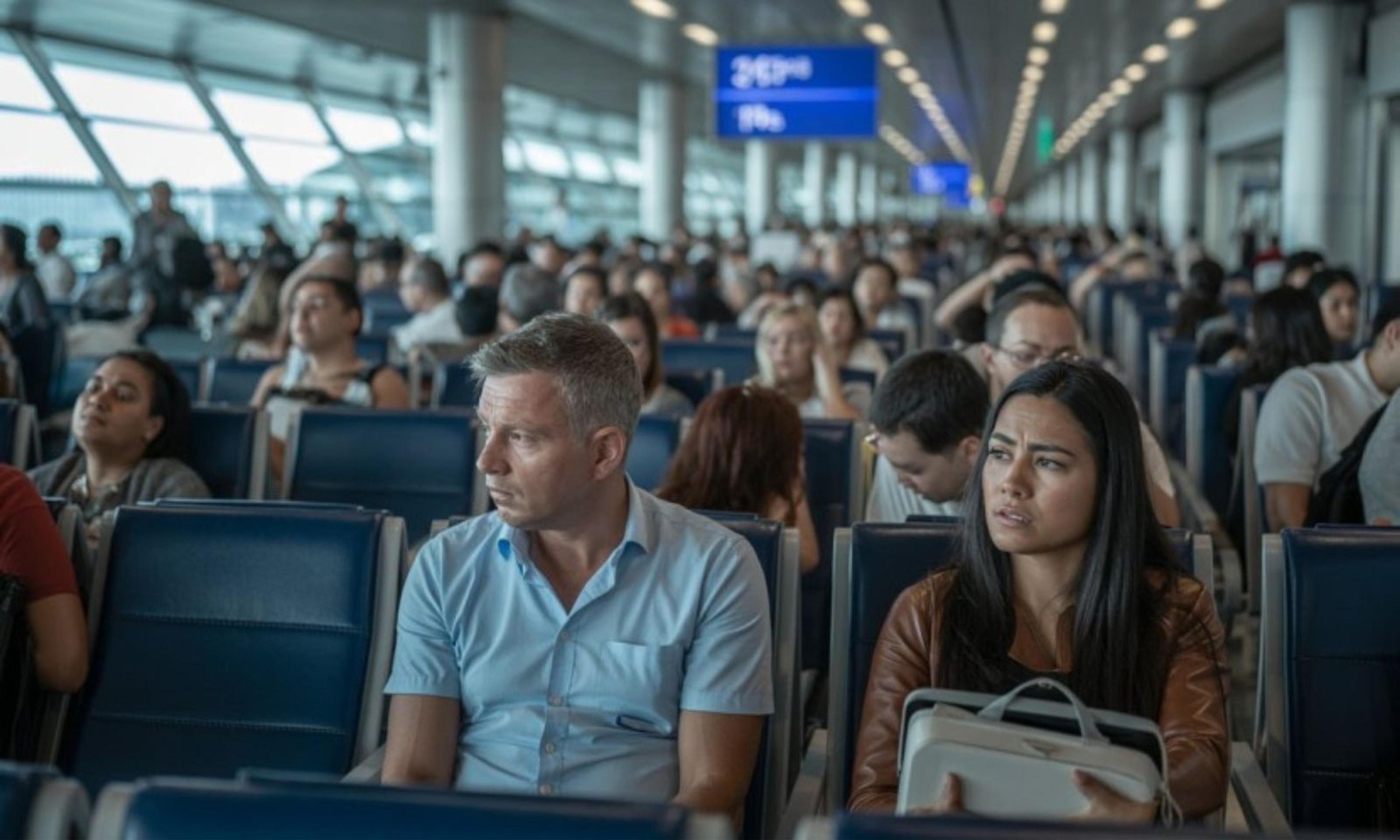

A monoculture of coconuts on Suwarrow atoll in the Cook Islands.
Photo/Te Ipukarea Society/2018
'Tree of life' or environmental hazard?
Coconut trees from copra plantations are said to threaten atoll ecosystems, but Te Ipukarea Society says restoring native forests could help.
Coconut trees are often called the "Tree of Life" in the Cook Islands and other Pacific islands because every part of the tree is useful.
But too many coconut trees can be a problem.
While coconut trees are considered native to the Pacific, their numbers increased significantly when coconut plantations were started during colonial times to produce copra (dried coconut).
When the demand for copra dropped about 40 years ago, many Pacific islands were left with huge areas covered only by coconut trees.
Because these plantations are no longer managed, new coconut trees grow unchecked from the dropped nuts, crowding out other native trees.
This is especially true on atolls, where coconuts grow much faster than most local coastal trees.
Growing only one type of plant in an area is called monoculture and is usually bad for the environment.
A variety of tree species creates a healthier ecosystem.
This has long been identified as a major concern in South and Southeast Asia, where diverse rainforests are being cut down to plant a monoculture of palm trees for palm oil.

Te Ipukarea Society Office Manager Mary McDonald was surrounded by young coconuts, during the rat eradication project in Suwarrow in 2018. Photo/Supplied
This same concern has, until recently, not been identified as an issue in the Pacific Islands.
However, an article in Environmental Research Letters highlighted this as a problem for Pacific atolls due to copra plantations.
The article stated coconut trees now make up over half of all tree cover on these small islands.
Native broadleaf trees, once common, now only grow in much smaller areas.
Coconut trees cover 58.3 per cent of the forested area and 24.1 per cent of the total land area of the mapped atolls.
This has hurt native bird populations that nest in the broadleaf trees.
In the Cook Islands, Te Ipukarea Society has led or helped with rat removal projects on two atolls, Suwarrow and Palmerston, and the sand cay of Takutea.
Rats are known to have a significant environmental impact on the Pacific Islands, as they eat the young shoots of native plants trying to grow.
They may also have an impact on seabird breeding cycles, particularly for
ground-nesting species.
Removing rats from these islands could be the first step in restoring them to their former state before the copra plantations.

Te Ipukarea Society staff, crew and members involved in rat eradication expedition to Suwarrow in 2021. Photo/TIS/Facebook
The next logical step would be to remove coconut trees from uninhabited islands and replace them with native trees.
Coconut trees would remain on inhabited islands or places people visit but would be thinned out so they don't crowd out other native coastal trees.
One of the authors of the Environmental Research Letters article, Alex Wegmann, said that as the world deals with the problem of turning forests into farmland, we shouldn't forget about atoll forests.
He said restoring and protecting atoll ecosystems should be a priority because they play an important role in the ocean's health.
Wegmann said it was crucial to restore the ecosystems to a more balanced and natural state, encourage more seabirds to nest, add essential nutrients to coral reefs, and help them return to a healthier and more productive condition.


